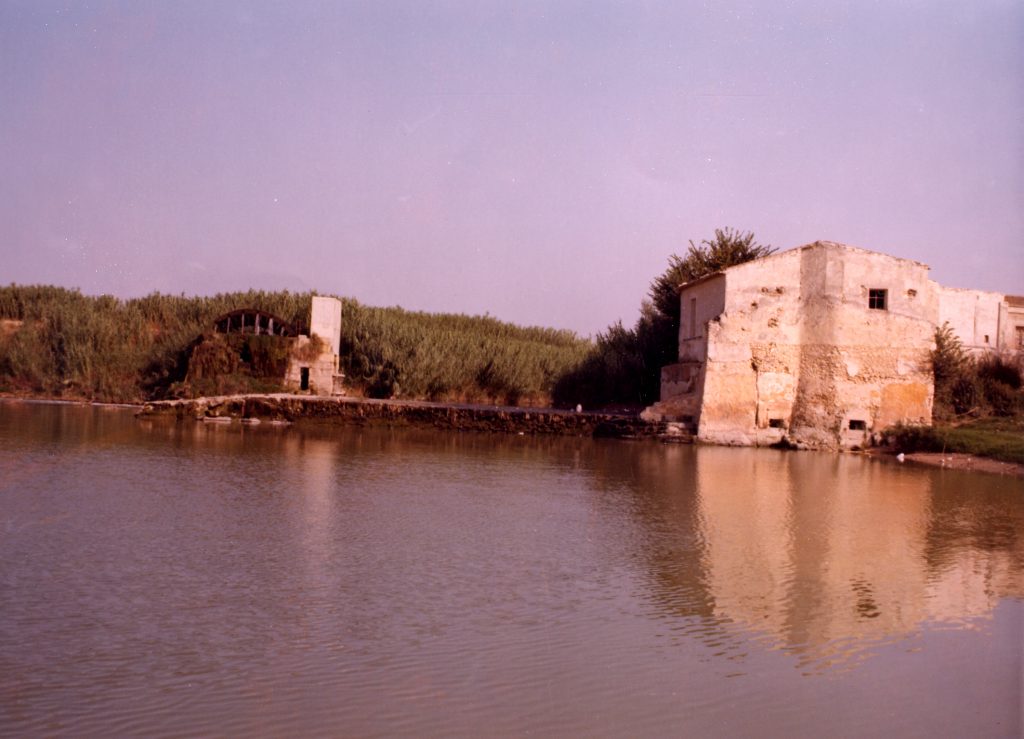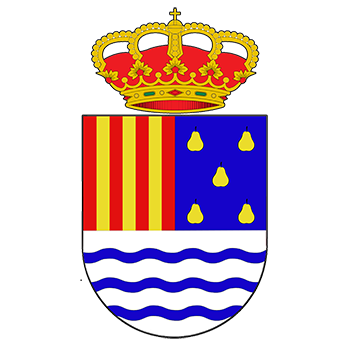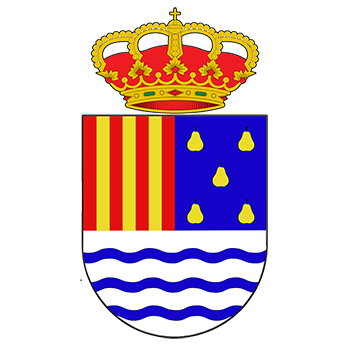
Description of the municipality
Formentera del Segura is a small municipality (4.3 km2 in size) located in the middle of the traditional orchard of the Vega Baja and located on the left bank of the Segura River, just 10 kilometers from its mouth in Guardamar del Segura.
Traditionally, Formentera del Segura has been an eminently agrarian municipality, although today this no longer corresponds to reality since in just 20 years it has gone from dominating the primary sector to a current situation where this is the least representative and where the weight of the local economy falls on the secondary and tertiary sectors. In addition, to this change in the economic structure of the municipality, it must be added that it is immersed in an important stage of development, both urban and socioeconomic, derived from the great urban activity in the area. Thus, in a few years it has gone from a practically stagnant population of around 2,000 inhabitants to currently having more than 4,500.
The town is divided into three urban centers: the main nucleus, located between the towns of Almoradí and Rojales; the neighborhood of “Los Palacios”, 1.5 kilometers from the main population center and bordering the urban area of Rojales; and the “Urbanization Fincas de la Vega”.

Historical review
The town, of Muslim origin, passed in the 13th century to Jaime de Aragón. For centuries it was passed, as a sale, inheritance or donation, through the hands of different lords and nobles, until it finally ended up being the property of the Marquis of Algorfa, who ceded it to his son Nicolás and he, relying on the Alfonsina law, founded the town of Formentera del Segura. Thus, it can be considered that, historically, the population of Formentera was born in 1731 under the alphonsine privilege and through D. Nicolás Pérez de Sarrió, Lord of Formentera. The place belonged to Orihuela, until the 16th century, after which it became independent from that city.
The unbeatable irrigation conditions of its term, which is bordered by the Segura River, allowed the town to experience rapid development in the 19th century, as the manorial regime gave way to smallholder properties.
Today, the municipality already has a population of over 4,500 inhabitants and is immersed in an important stage of socioeconomic growth derived, fundamentally, from the very important urban activity in the area.
Orihuela historical compendium
D. José Montesinos Pérez Martínez (1745-1828), Between 1791 and 1816 he wrote the “Oriolano Historical Compendium”, a famous manuscript that is today in the Caja Rural Central de Orihuela.
It must be said that Montesinos’ work has turned out to be a mixture of history, legend and myth.




